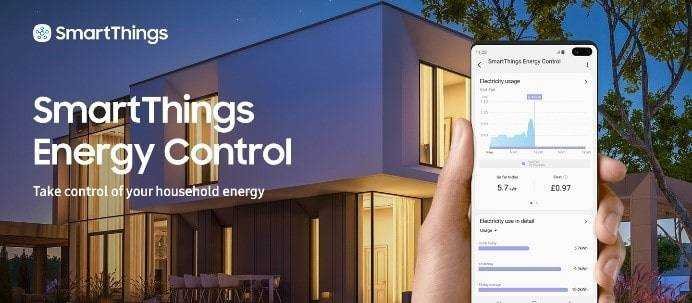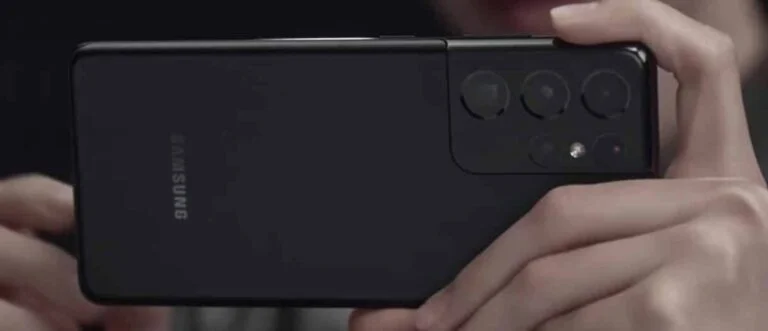Samsung SmartThings Can Now Help You Lower Your Energy Bill
As the coronavirus pandemic keeps more and more people at home and awareness of the climate crisis grows, more and more people are rightly concerned about their household energy consumption.
That’s why Samsung today launched SmartThings Energy, a new addition to its SmartThings app that allows customers to monitor and control the energy consumption of their Samsung appliances and HVAC systems.
“People are spending more time at home and using their devices more often, increasing the need for more capacity and better energy efficiency,” said Vice President and Head of IoT Business Group at Samsung Electronics Chanwoo Park in an announcement. “Our consumers want to be a part of building a brighter, greener future, and we’re proud to help them achieve that vision by delivering a more energy-efficient smart home experience.”
SmartThings Energy helps users save energy in three ways.
- Monitor: Users can see how much energy they consume in total or per device. They can also compare their energy consumption with target figures or their previous monthly consumption.
- Data: Graphs show how much energy each device uses. The app extension also includes tips for saving energy on any device, such as don’t overfill the refrigerator to allow for cool airflow.
- Warnings: SmartThings Energy will notify users if they leave a device on while they are away or if they exceed their energy consumption.
SmartThings Energy isn’t the only program that allows consumers to track their energy usage, CNET emphasized. There are smart thermostats like Nest and Ecobee and companies like Sense that build a monitor into your control panel.
Samsung states that “SmartThings Energy is unique in that it provides the most comprehensive real-time energy consumption data on the market and directly addresses challenges associated with large energy-consuming appliances such as air conditioning and home appliances.”
However, CNET’s Megan Wollerton wrote that there was one important caveat.
“You just need to have compatible Samsung devices in your home for SmartThings Energy to deliver the same value,” she wrote.
However, she also pointed out that SmartThings Energy is free. So if you have Samsung devices, you can save only by giving it a try. Samsung also hopes to add WWST partners to SmartThings and collaborate with other new partners focused on energy efficiency.
“We hope to develop some new advanced features to give SmartThings users more savings,” Park said in the announcement. “By combining the analytics capabilities of SmartThings Energy with energy-efficient products from Samsung, we are changing the game for consumers and empowering them to make smarter decisions about their energy use.”
In 2012, the U.S. residential sector accounted for 21 percent of the country’s energy use and 20 percent of its greenhouse gas emissions, according to the Energy Information Administration. This means that reducing energy consumption in your home is a great way to save both money and the planet, whichever tool you choose. “The average American family can spend $2,000 annually on utility bills, which means reducing energy use in the home is the most effective way to save money and reduce your home’s contribution to climate change,” the Center for Climate and Climate Change recommends this for Energy Saving Solution. You can get it on the Play Store.






